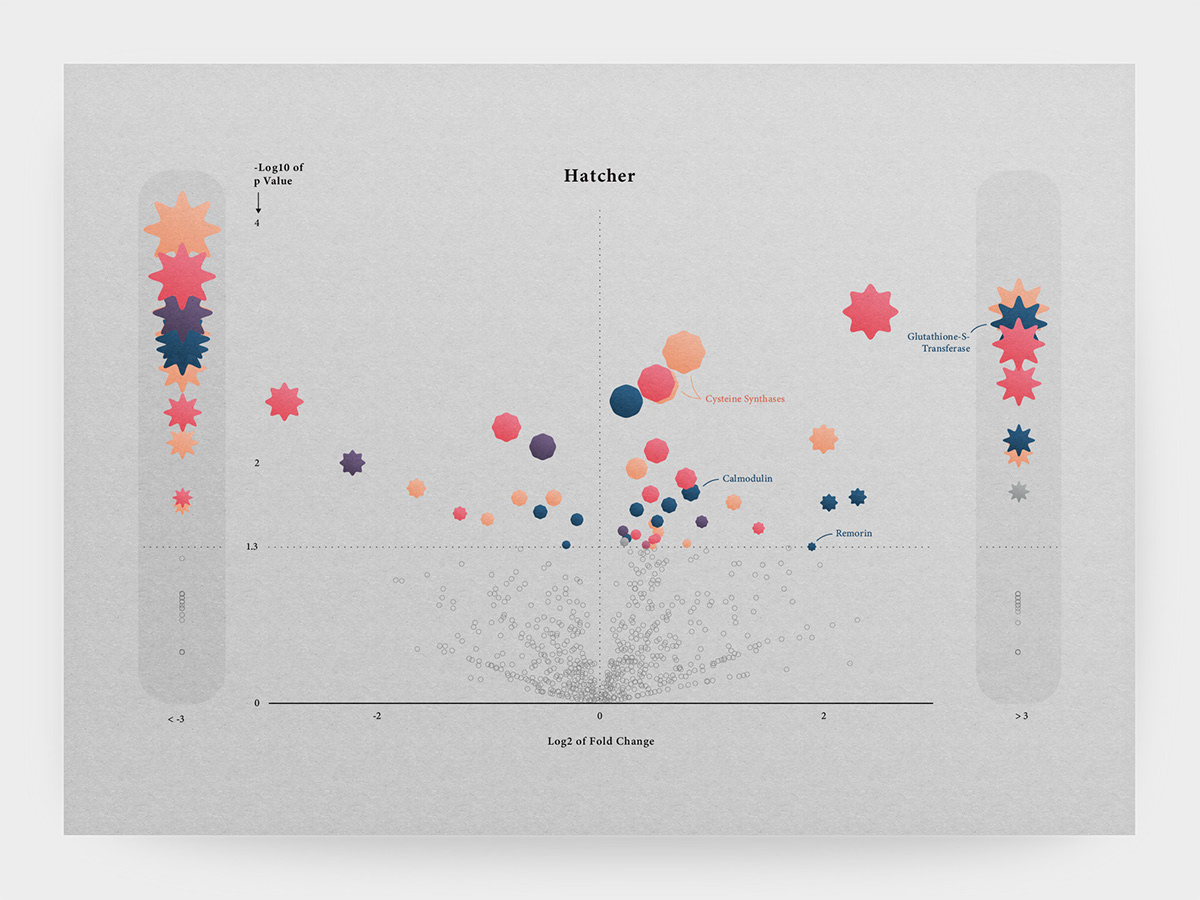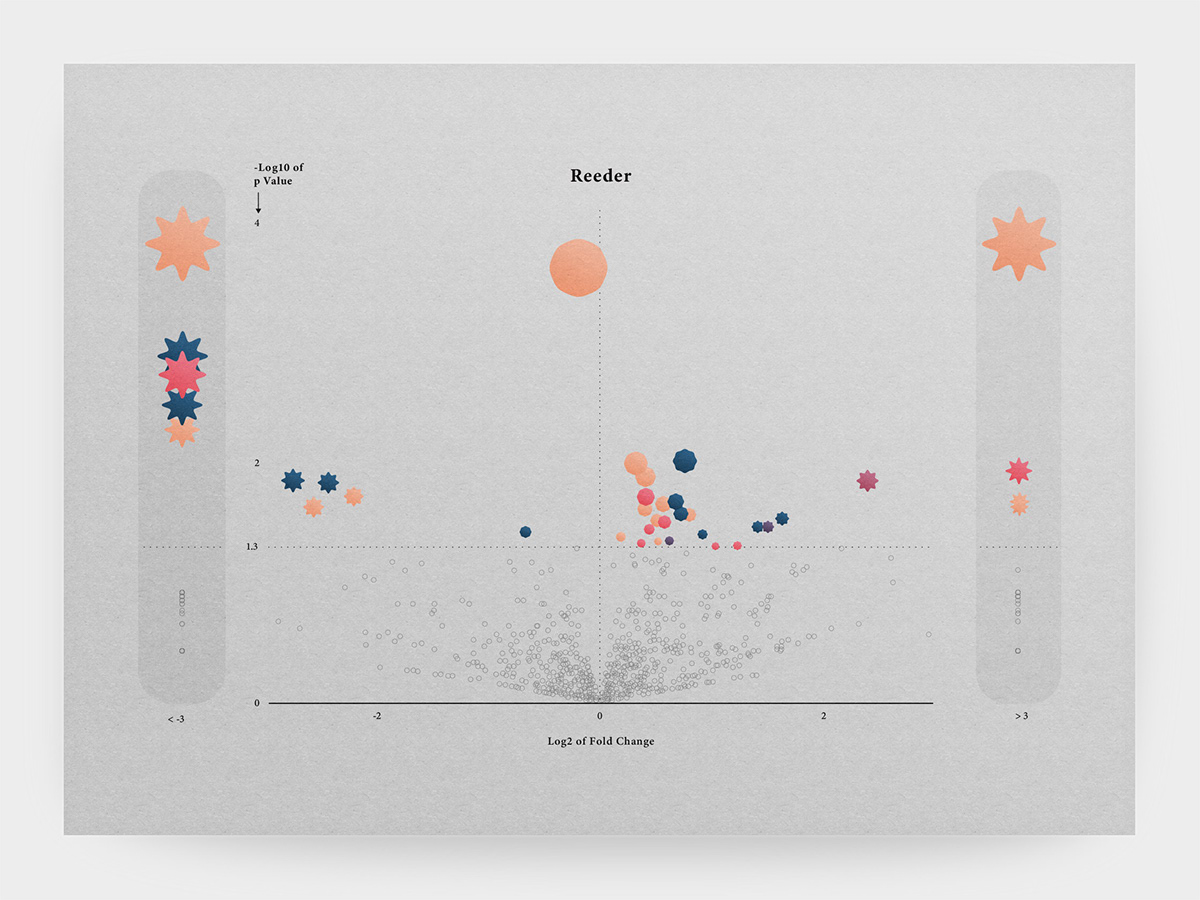A Bug's Life... in Wheat – Plant Science Studies
Many insect species spend early stages of their development inside host plants, where they feed and find shelter from predators and tough weather. Insect pests such as the Wheat stem sawfly invade wheat fields during the growing season, with negative impacts on grain yield. At Colorado State University, plant biology researchers study proteins which play a role in wheat defense to sawfly infestations. I participated in this research and you can read our findings here, and browse the following visuals for an overview. For context, the map below shows the recent southward expansion of sawfly populations across the United States (as of 2019).

Data overview
In this study, four wheat varieties were assessed for variation in protein composition in response to sawfly infestation. The chord diagram below shows all the proteins detected in our samples, grouped by function. Proteins involved in the response to stress are labeled. A total of 1830 compounds were detected and we applied basic statistics to determine variation between infested and non-infested plants. For example, 25 proteins related to the response to stimuli were higher in abundance after insect attack in Hatcher. The central network indicates proteins with multiple functions.


Insights
The next infographics are called volcano plots – They are great to visually convey hidden trends in the data. Usually, x and y axes are log-transformed to condense values that are otherwise stretched apart, which gives these plots the look of an erupting volcano. Here, colored shapes represent proteins that were higher (right-hand side) or lower (left) in abundance after contact with sawflies, with the horizontal dotted line representing the significance threshold. The goal was to understand the molecular basis of wheat defense to sawfly attack by comparing the protein profile of several varieties under stress.





As we see, each variety displays a unique response to insect attack at the protein level. The first plot shows important compounds in Hatcher wheat – Despite its hollow stems inside of which larvae have plenty of room to grow, sawflies are rarely found in this variety. We therefore hypothesized that Hatcher deploys a unique and strong molecular response to control sawfly numbers. In this study, proteins in high abundance upon infestation in Hatcher included cysteine synthases, calmodulins, and remorins, all of which are involved in the response to insect attack. We followed a similar approach to detect metabolites (i.e, protein by-products that also contribute to plant defense), which confirmed trends in the protein data.
Source
Biochemistry data: Lavergne et al. (2020), Differential Stem Proteomics and Metabolomics Profiles for Four Wheat Cultivars in Response to the Insect Pest Wheat Stem Sawfly






